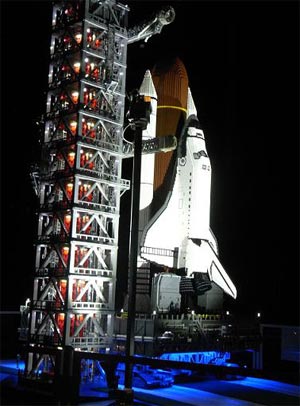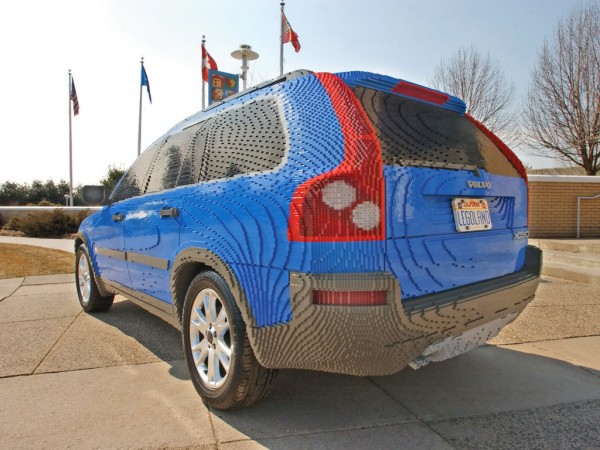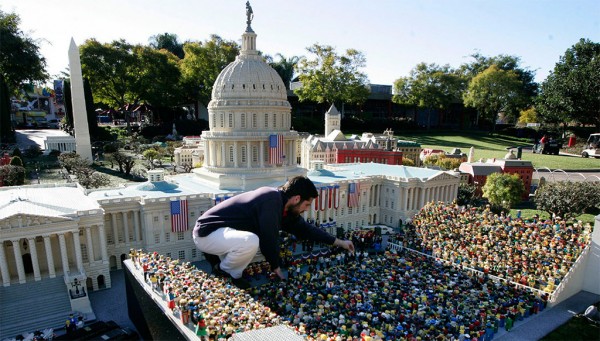Where the Word “Lego” Comes From
Today I found out where the word “lego” comes from.
In 1934, Danish carpenter Ol Kirk Kristiansen, the founder of what we now know of as Lego®, asked his staff to come up with a good name for his growing toy company. The two names that ended up being finalists were “Legio” and “Lego”. The first was a reference to a “legion” as in a “Legion of toys”. The second, which won out, was made from a contraction of “leg godt”, which is a Danish phrase meaning “play well”.
Interestingly, “lego” is also a Latin word meaning “to gather or collect”, which is somewhat fitting, given what their most popular product ended up being.
Bonus Facts:
- In the late 1940s, a company called Kiddicraft began manufacturing “Kiddicraft Self-Locking Building Bricks”, which were patented by Hilary Harry Fisher Page. Kirk Kristiansen came across these bricks in a demo he was shown of an injection molding machine. He then copied these bricks and sold them under his own brand as “automatic binding bricks”. It isn’t clear whether Kristiansen knew these bricks were patented or not at the time or just saw the potential of such a small plastic brick as a toy product when observing the injection molding machine demo. Lucky for him, Page died without ever finding out Lego® had copied his product illegally.
- Some 31 years later, Lego® acquired Kiddicraft when they were preparing to, ironically enough, sue Tyco for illegally copying their bricks; hence, they needed to own Kiddicraft to avoid losing the case because they themselves had copied Kiddicraft’s bricks in the first place. In the end, they lost the case anyways and Tyco got to continue selling the bricks, which at the time were earning them about $20 million annually. So the $3 million Tyco spent in the legal battle with Lego ended up being well worth it.
- The Lego® company has been owned by the Kirk Kristiansen family for over 80 years and is currently run by founder Ol’s grandson, Kjeld Kirk Kristiansen. Lego® is the world’s fifth largest toy maker with annual sales around $1.5 billion.
- Ol Kirk Kristiansen went into business for himself in 1916 in Billund, Denmark working as a carpenter. In the beginning, he made step-ladders, stools, ironing boards, constructed houses, and small wooden toys, among other things. In 1924, his workshop burned down thanks to his young sons, so he built a bigger one to be able to expand his business. Business slowed, however, and by 1932, he was going out of business as a general carpenter. From there, he decided to shift his focus to wooden toys, such as miniaturized wooden houses, cars, trucks, piggy banks, yo-yos and the like. To supplement his income, in the beginning, Kirk Kristiansen continued to do small carpentry work, such as making furniture. It wasn’t until the 1940s, when plastic began became popular, that Lego® began making plastic injected molded toys, such as a toy truck that could be assembled and disassembled, and then in 1949 when they copied Kiddicraft’s lockable bricks.
- In the 1960s, yet another fire caused the Kirk Kristiansen’s trouble, burning down an entire warehouse of wooden Lego® toys. Rather than rebuild, Lego® decided to abandon the manufacturing of wooden toys and chose to just pin their company on the plastic line of toys.
| Share the Knowledge! |
|








Actually LEGO in latin is “I put together”